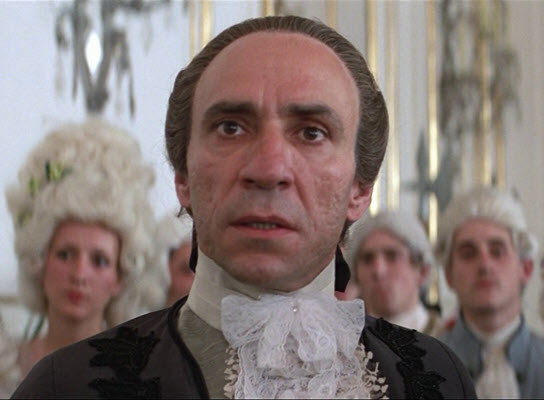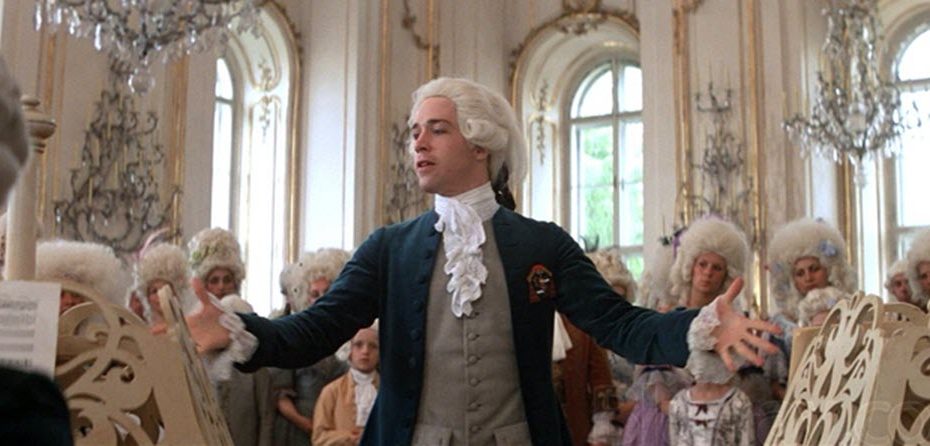I have a tendency to make judgments more quickly than I should about the value and relevance of ideas, possible activities and the beauty of things that I encounter in my life. This can be useful if I decide something is worthwhile because I get started on it more quickly. Unfortunately, if I haven’t considered all the possible difficulties and problems, it may also mean that it may take longer to complete. On the other hand, if I decide it was not worthwhile, I may discover years or even decades later that I missed out on a worthwhile and satisfying activity because I had not been willing to take the time to understand it.
An example is hip-hop dancing – an activity that I quickly decided was no more than a mindless indulgence of teenagers. I was therefore quite surprised when I learned that our neighbor’s daughter, Dilara, was studying hip-hop as part of her dance training. This was, to say the least, not consistent with my judgment that hip-hop was a “mindless indulgence”!
A short time later, Yoko (who lived with us as an exchange student many years ago), told us that her daughter, Lisa, was really excited about hip-hop and was working very hard to develop her hip-hop dance skills. I began to consider the possibility that there might be more to hip-hop than I had understood.
When Lisa came for a visit the following summer, I introduced her to Dilara and mentioned their common interest. The intense connection that quickly evolved was startling. Lisa began sharing the details of a routine that she had recently performed. I was astonished by the extent to which each movement was choreographed and how challenging it was for Dilara to learn, despite her many years of dance training.

This clearer understanding of the hip-hop dance and its importance to teenage culture did not mean that I suddenly began to enjoy watching and listening to hip-hop videos. I still do not find in the art form something that speaks to me personally. My decision, though, is now more nuanced. I can now appreciate it as an important communication tool with and between teenagers. What’s more, it gave me a much deeper understanding of the importance of mind-body coordination and awareness in many aspects of creative life – including stage acting! Out of that understanding came an awareness of the beauty of the dance form that I had completely missed.
My initial reaction to Billie Eilish is a more recent example. I first became aware of her when she won the Academy Award for the best original song from the James Bond film No Time to Die that she co-wrote with her brother, Finneas. I have never been a James Bond fan nor was I particularly impressed with Eilish’s wild, dyed hair and style of dress. It was easy enough to criticize without any real effort to understand.
She turned out to be rather difficult to ignore, however, because her videos and interviews kept showing up on my YouTube recommendations. Reluctantly at first, then with more and more interest, I began clicking on the links and learned more about her and her remarkable brother who is her artistic partner. I discovered that she has been very involved with political activism (amazing in itself, given that she won’t turn 21 until this December), including climate change awareness, poverty and women’s rights. She chose to wear baggy, oversized clothing in order to prevent people from judging her body and wrote a short film addressing her experiences of body shaming. In appreciating all of that, I begin to understand and to see beauty even in her superficial appearance.

Margaret Wolfe Hungerford, in the 1878 novel Molly Bawn, wrote that “beauty is in the eye of the beholder”. What does that really mean? That all things are beautiful and the fault lies with us if we can’t see it? Over the past two years Billie has decided that hiding herself with baggy clothes and dyed hair was “lame”, as she described it in an interview. She has stopped dying her hair and started dressing the way she wanted. Do I find her now truly beautiful because beauty is just my cultural concept which has nothing to do with any measurable reality at all?
Could it be that beauty exists at several layers but not necessarily the surface ones? There are the most amazingly beautiful people because of the way they live their lives and make others feel good about themselves.
Another recent YouTube recommendation was a video clip of a scene from the 1983 movie about Mozart, Amadeus, directed by Milos Forman. In this scene, Salieri discovers the young Mozart in a party room crawling around on the floor, chasing a young woman and amusing her with a series of vulgar comments. When we hear the start of orchestral music, Mozart dashes off with the comment, “They have started my music without me”. Salieri follows him into the main hall and discovers that he has taken over the conducting of the orchestra (see image at the top of this post). Salieri says in amazement that “this was music that I had never heard before”.

Salieri dismisses it as an “accident”, saying that such a vile, vulgar little creature could never compose such music that was like the voice of God. In the course of the movie, of course, Salieri discovers that it was no accident and that he must accept that he is a good enough composer to appreciate Mozart’s genius but not good enough to create such musical beauty himself.
History is full of similar examples. Oskar Schindler comes to mind. On the surface he was a philanderer, a con artist, and a manipulator. What beauty is there to see in that? Yet, as the second world war progressed, he used all his “ugly” skills to manipulate others in power in the Nazi regime, ultimately using almost every last ill-gotten Deutschmark to save the lives of 1,600 Jews who would otherwise have lost their lives in the concentration camp gas chambers. That’s indeed yet another kind of beauty, even acknowledging that he returned to many of his previous ways of life in postwar Germany.
It works in the other direction as well. Someone or something that seems wonderful on the surface turns out to not deserve so much praise as time goes by.
Beethoven’s third symphony, the Sinfonia Eroica, has a lot of energy and complexity. Almost every classical musician raves about its brilliance. Beethoven had the highest esteem for Napoleon, comparing him to the greatest consuls of ancient Rome, and originally dedicated the piece to him. Then, when Napoleon declared himself Emperor of France, Beethoven was furious and said that “…[Napoleon] will think of himself superior to all men and become a tyrant!”

Yet the Eroica was inspired by what Beethoven believed about Napoleon. Does the truth about Napoleon make the Eroica less beautiful or does it simply make Beethoven and his music more accessibly human?
So, after all this rambling, I’m not sure I am any closer to the answers. “What is beauty” is always going to be based on personal judgment. Perhaps Bob Dylan had the right idea in his song, The Times They Are a Changing. Written in the early 1960’s, it was about the generation gap between parents and young people during the Vietnam war. Yet when I listened to it again recently, there was one stanza that really stood out for me:
Come mothers and fathers
Throughout the land
And don’t criticize
What you can’t understand
Perhaps the key for me is to reword the text slightly – don’t criticize what I don’t understand. That will always remind me to make the effort to understand before deciding if I like it or not – and to never lose sight of the fact that the conclusion “beautiful” or “not beautiful” is only temporary and subject to revision based on deeper understanding at any time.


Pingback: The Sins of the Fathers – Voight Post Script
Wow Roger another great piece of writing, I love the way you are so open about your feelings about people and the way you judged people. The beauty is you have been able to see beyond the surface and you have been pleasantly surprised, particularly with Billie Ellish and Hip Hop dance or you can call it Street dance.
It is incredibly difficult and one requires a lot of skill to really do it well. I know this from my own experience. For example, in a jazz routine, lets say in 8 bars, you would do 10 moves. If it was street dance, there could be 20. There are incredible people out there. Missy Elliot being top of her game with incredible complex routines and there are many South Koreans who create brilliant routines where every word is felt – which always amazes me as English is not their first language.
They show you how to love movement by connecting the music and body. You do not have to be brilliant. The skill for everyone is learning to feel and enjoy music with movement. It really is good for the soul and indeed for any performer as it is part of what makes you a great artist
Thanks for the kind words, Denise. I did not know about Missy Elliot and so watched this video. It seems almost beyond human athletic ability!
I know how much importance for actor training that you attach to this kind of movement with music from your past workshops. I am so looking forward to being part of your next one here in Munich in November.